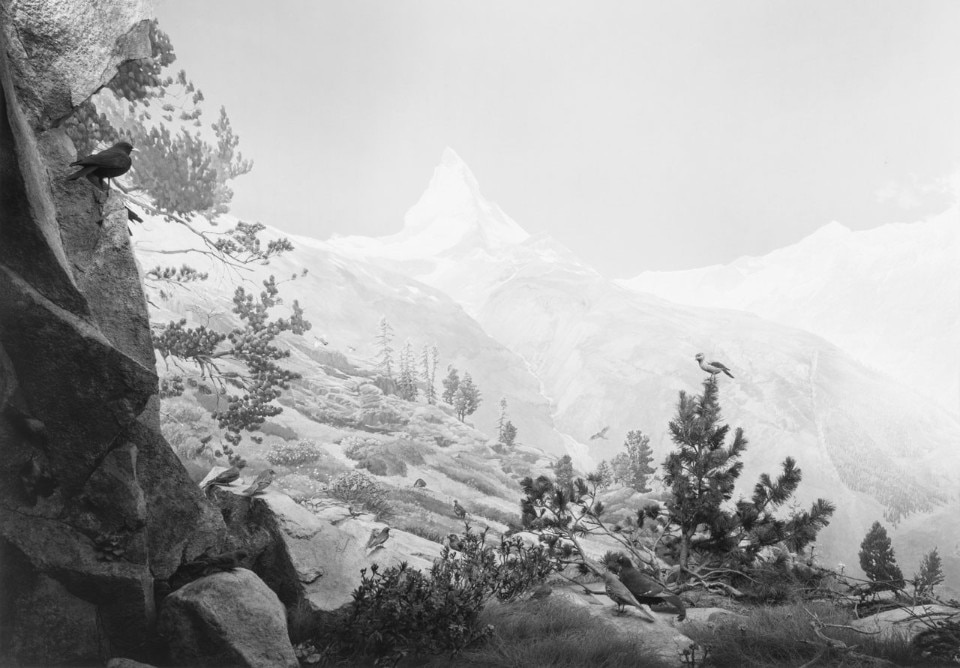“I have recently been shifting towards architecture but I was an art dealer before I became an artist and photographer. I don’t have a static approach to my profession. I can create a big building or a garden in exactly the same way, without imposing restrictions on myself. I don’t know how long I have left to live but I do have big projects for the future: I shall focus my efforts on the theatre, composing music and writing scripts.”
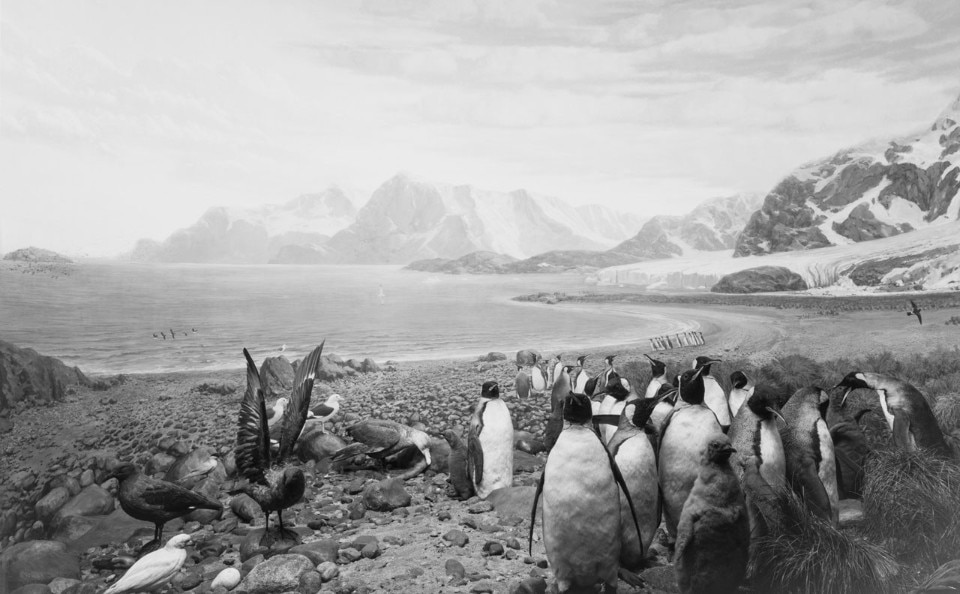
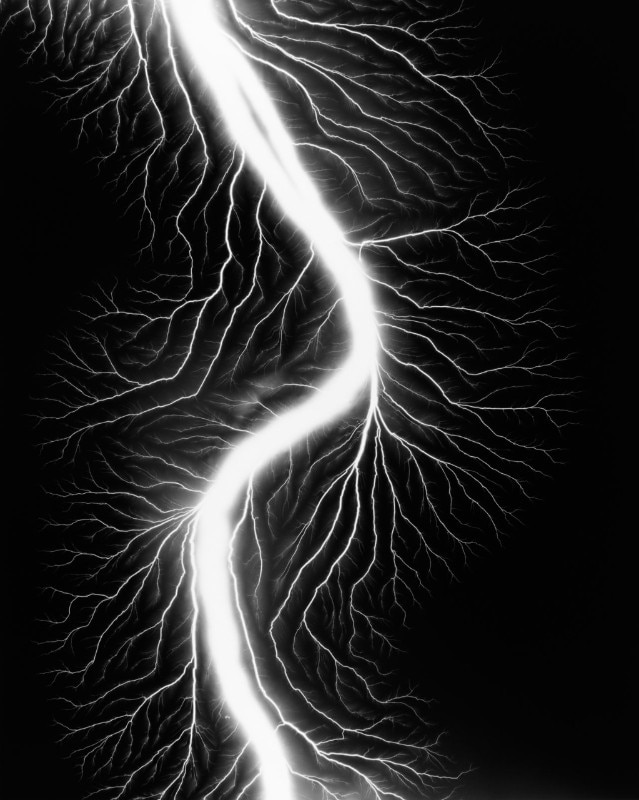

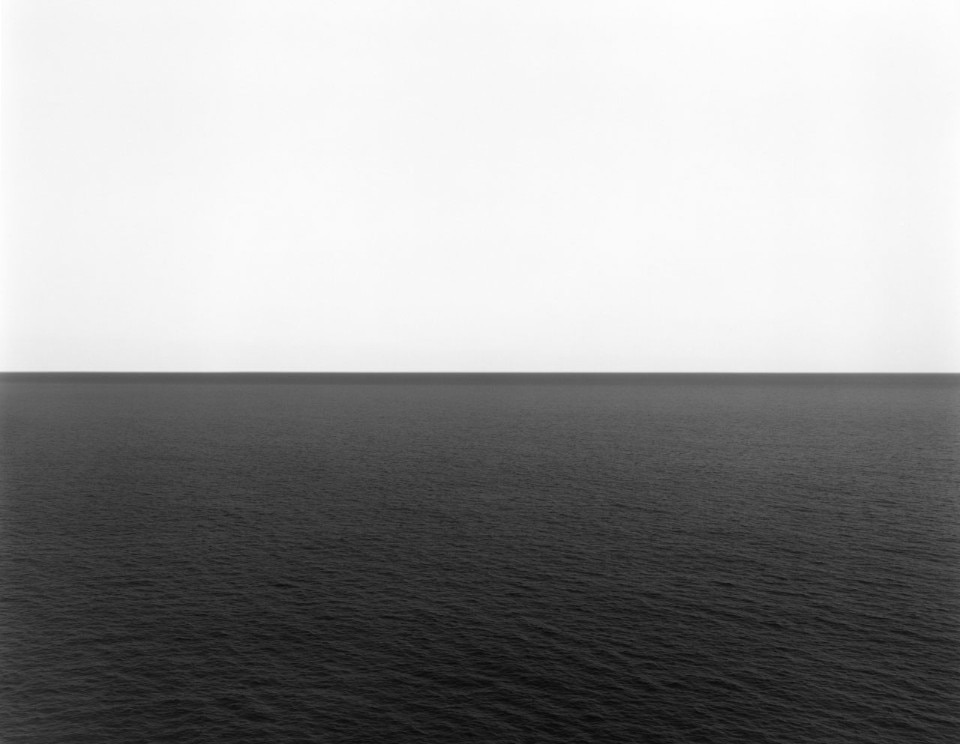
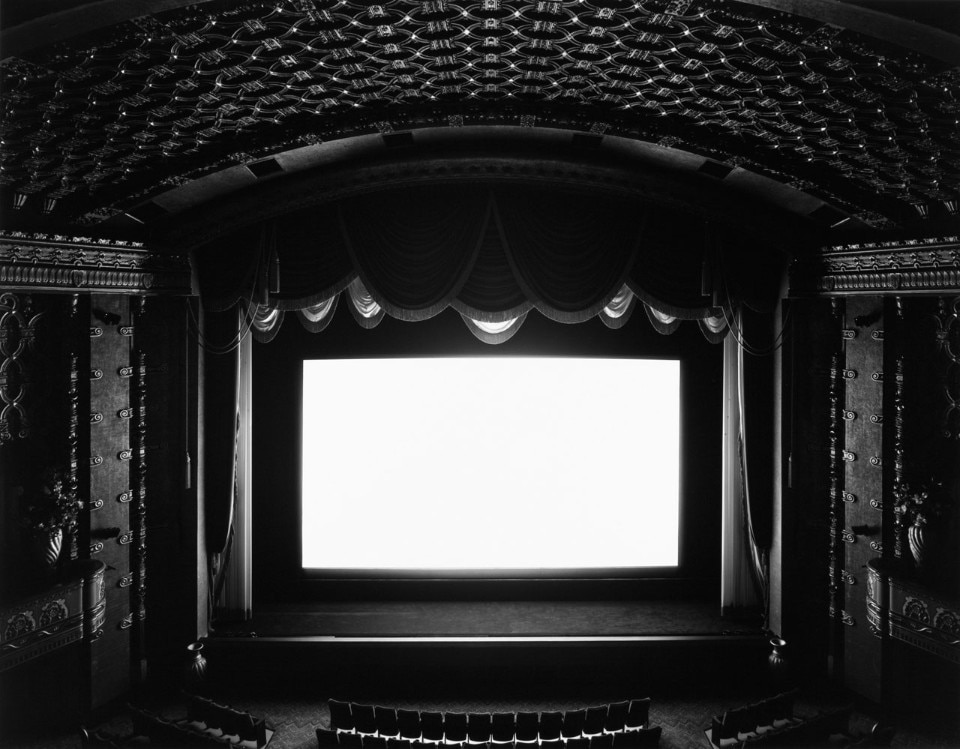
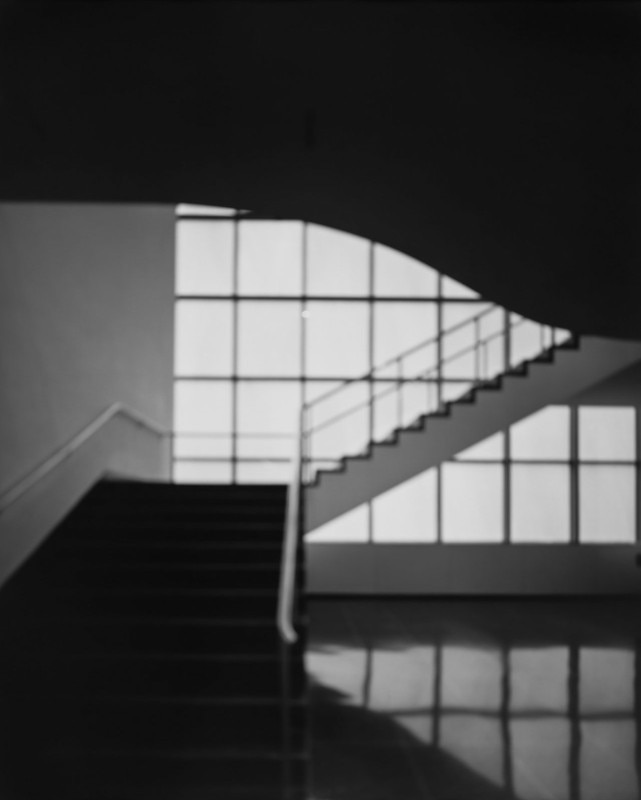
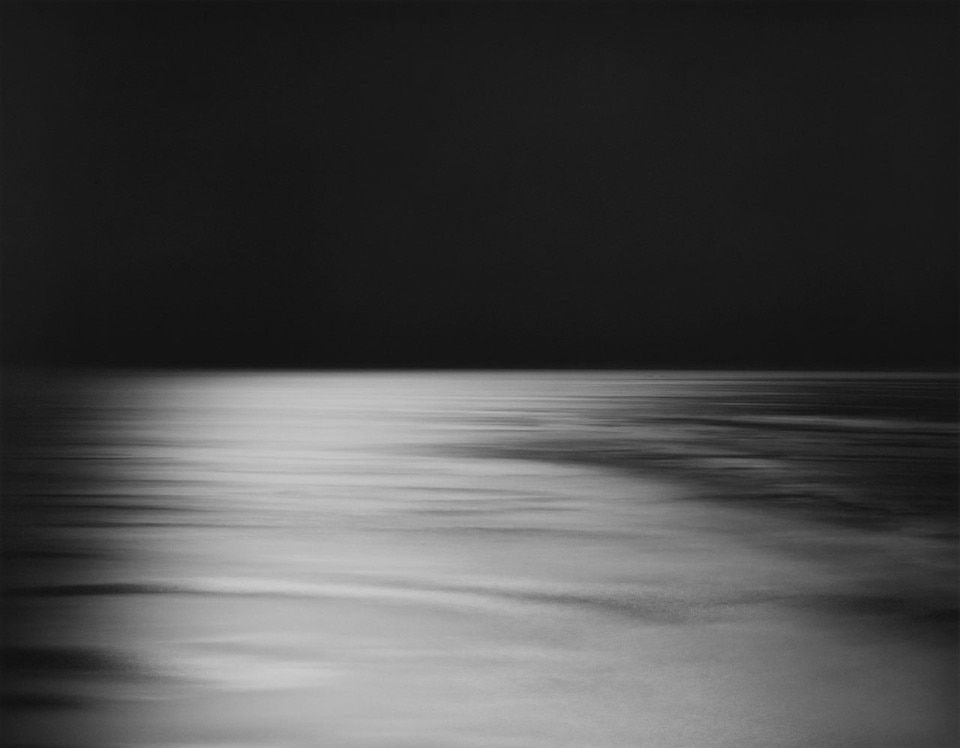
until 7 June 2015
Hiroshi Sugimoto Stop Time
Fondazione Fotografia Modena
Foro Boario
via Bono da Nonantola 2, Modena

